The importance of stroke frequency: To boost speed in total immersion swimming, it’s crucial to master three key points.
•5 min read
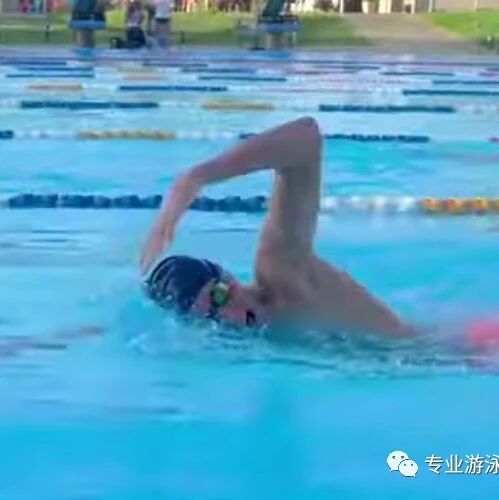
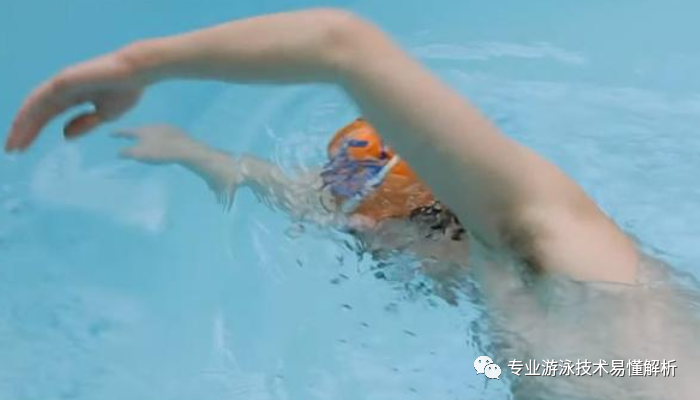
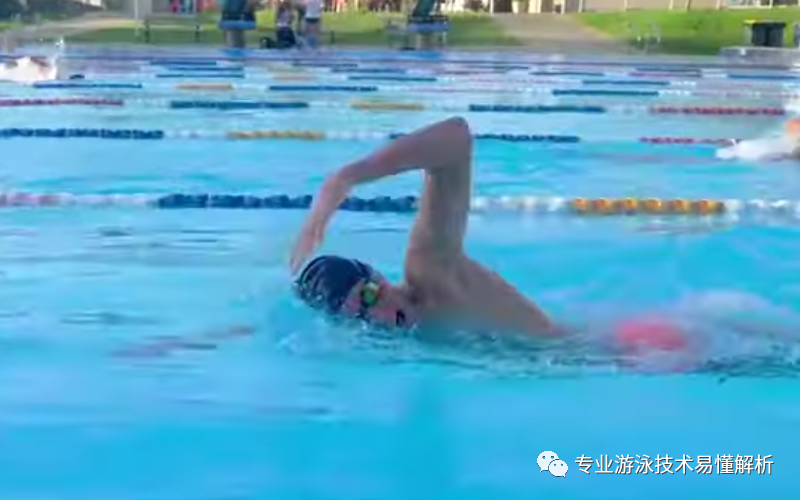
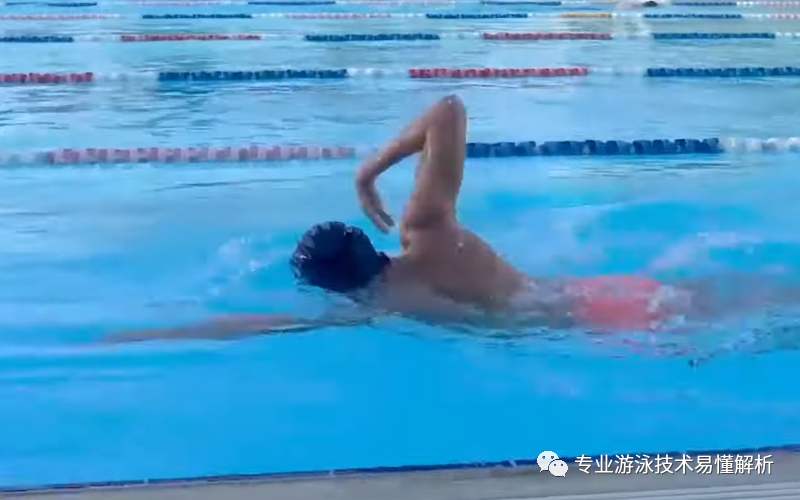
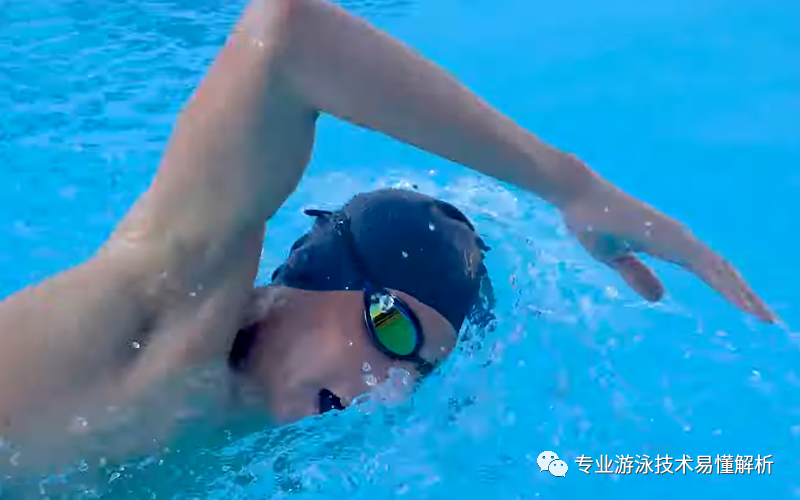
Related Articles
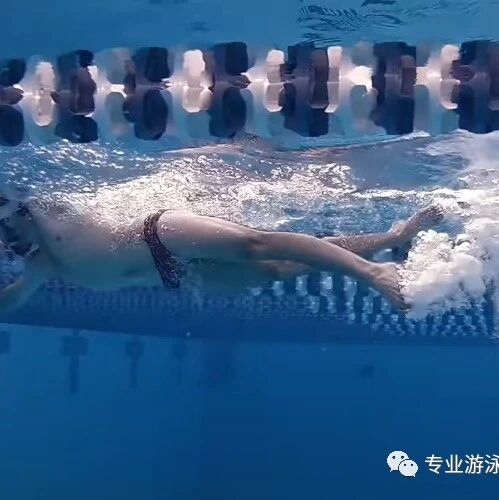
Swimming
A rigorous practice method for mastering the whip kick, helping you quickly develop an intuitive feel for the water and achieve flexible ankles.
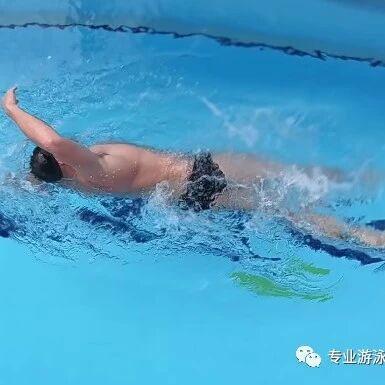
Swimming
Freestyle swimming becomes more tiring the longer you swim, and here are three common reasons why.
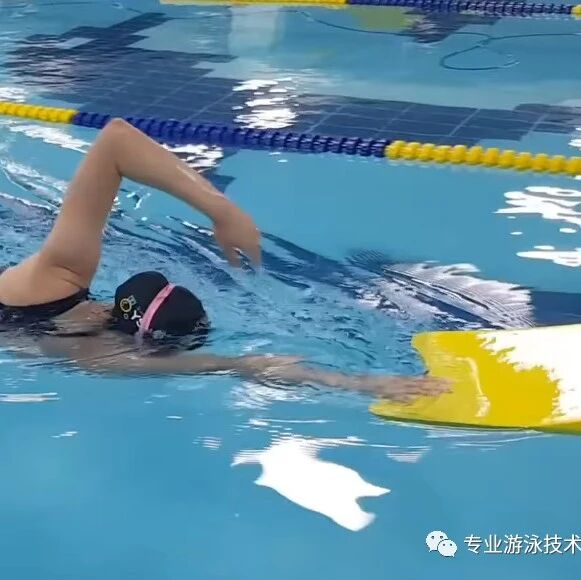
Swimming